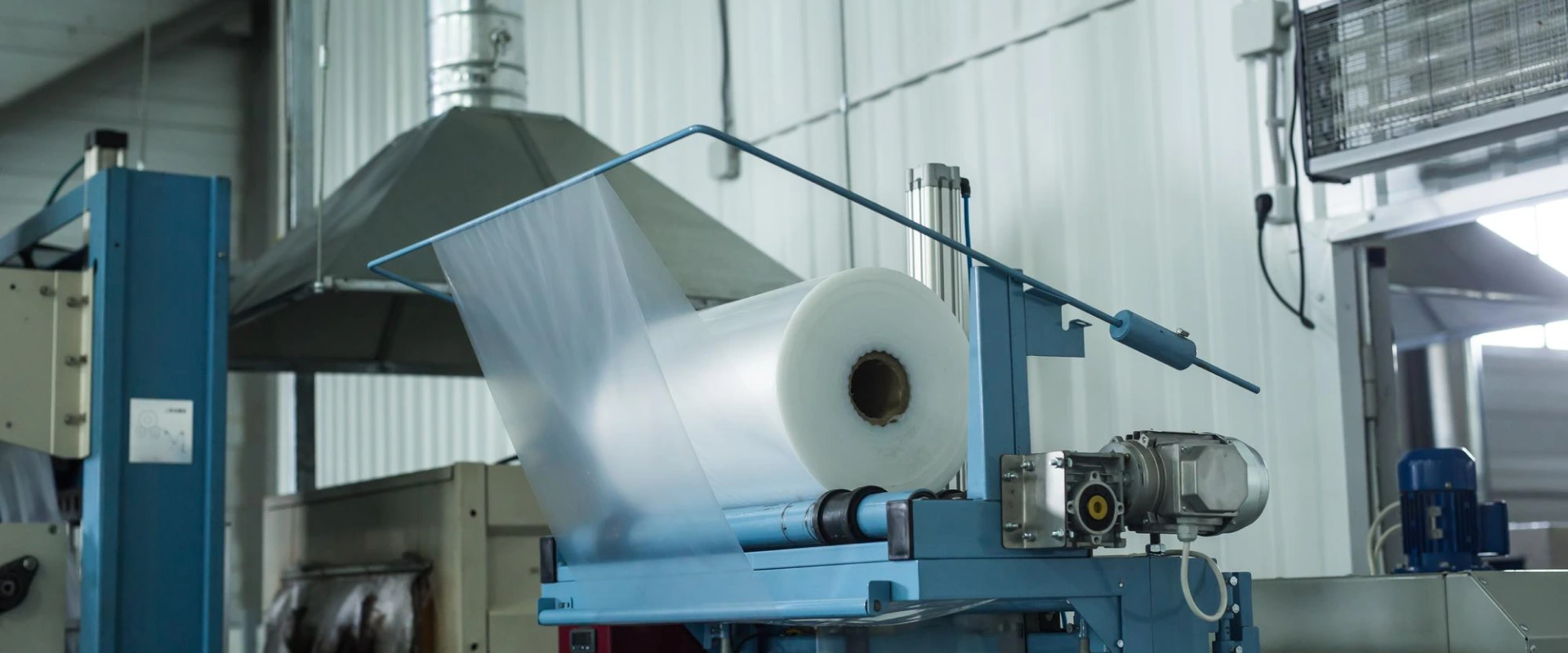Stretch wrap, a staple in packaging and logistics, plays a crucial role in securing and protecting goods during transportation and storage. However, its production and disposal have environmental implications that are becoming increasingly significant. As businesses and consumers alike strive for more sustainable practices, understanding the environmental impact of stretch wrap production is essential. This blog will explore these impacts and discuss potential steps towards more eco-friendly solutions.
-
The Production Process and Resource Use
The production of stretch wrap involves the use of polymer materials, primarily polyethylene. This process starts with extracting and refining crude oil to produce the necessary raw materials. The extraction and processing of oil contribute to environmental pollution and the depletion of natural resources.
- Resource Consumption: Crude oil extraction and refinement require substantial energy and resources.
- Pollution: The production process emits greenhouse gases and other pollutants.
-
Energy Consumption and Carbon Footprint
The manufacturing of stretch wrap is energy-intensive. The extrusion and stretching processes consume significant amounts of electricity and fuel. This high energy demand contributes to a considerable carbon footprint, adding to global warming and climate change concerns.
- Energy Use: Significant electricity and fuel consumption during manufacturing.
- Carbon Emissions: Contributes to greenhouse gas emissions and climate change.
-
Waste Generation and Disposal
Once stretch wrap is used, it often ends up as waste in landfills. Traditional stretch wrap is not biodegradable, leading to long-term environmental persistence. In landfills, it can take hundreds of years to decompose, contributing to landfill overflow and environmental degradation.
- Landfill Waste: Non-biodegradable nature contributes to landfill accumulation.
- Decomposition Issues: Slow decomposition rate exacerbates waste problems.
-
Potential for Recycling
While stretch wrap is recyclable, the rate of recycling is relatively low. Contamination and logistical challenges often hinder recycling efforts. Improving recycling processes and increasing awareness about proper disposal can help mitigate some environmental impacts.
- Recycling Challenges: Contamination and logistical issues affect recycling rates.
- Improvement Opportunities: Enhanced recycling programs and awareness can reduce impact.
-
Eco-Friendly Alternatives and Innovations
The industry is responding to environmental concerns with the development of more sustainable stretch wrap options. These include:
- Biodegradable Stretch Wrap: Designed to break down more quickly in landfills or composting environments.
- Recycled Stretch Wrap: Made from post-consumer recycled materials to reduce the need for new raw materials.
- Reduced Gauge Options: Thinner wraps that require less material while still providing adequate protection.
- Biodegradable Options: Reduces environmental persistence.
- Recycled Materials: Minimizes the use of new resources.
- Material Efficiency: Lower gauge wraps can reduce overall material consumption.
-
Corporate Responsibility and Consumer Choices
Businesses and consumers can play a role in minimizing the environmental impact of stretch wrap production. By opting for eco-friendly alternatives and supporting companies that prioritize sustainability, individuals and organizations can contribute to reducing the overall environmental footprint.
- Informed Choices: Opt for sustainable and recyclable options.
- Support for Sustainable Practices: Choose suppliers with eco-friendly initiatives.
Conclusion: Find the Right Stretch Wrap for Your Needs at NTXSupply.com
Understanding the environmental impact of stretch wrap production is crucial for making informed choices about packaging materials. As the industry evolves, more sustainable options are becoming available, allowing you to minimize your environmental footprint. For a range of high-quality and eco-friendly stretch wrap options, visit NTXSupply.com. NTX Supply offers products designed to meet your packaging needs while supporting environmental responsibility.

